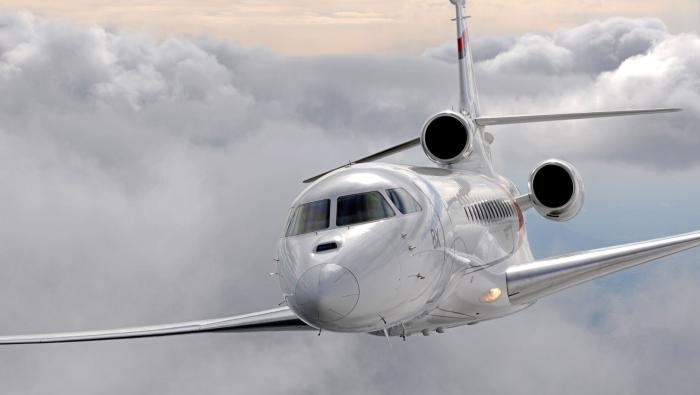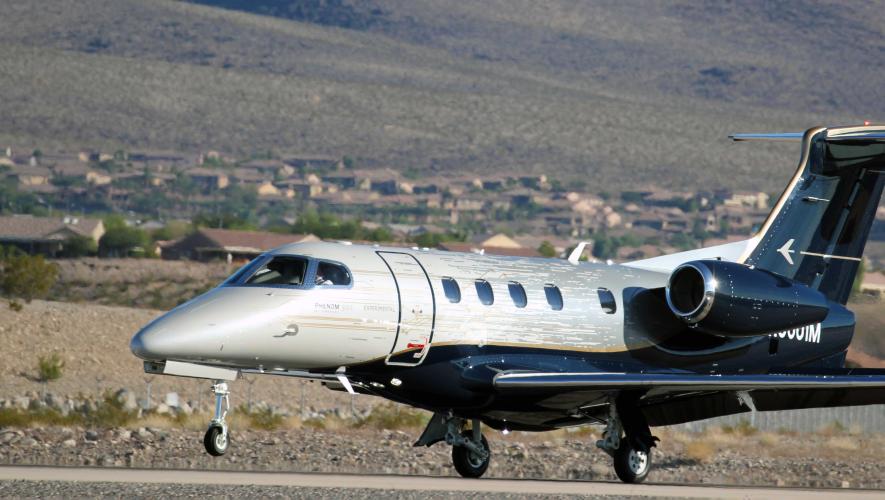General Atomics Aeronautical Systems (GA-ASI) revealed two options to extend the endurance of the MQ-9 Reaper UAV, also known as the Predator B. Wing-mounted fuel tanks and a 22-foot wing extension could be installed in the field in the “near term,” according to the company. They would complement the modified main landing gear, announced previously, that increases the Reaper’s max takeoff weight to 11,700 pounds from 10,500 pounds.
According to various reports, including one by the Pentagon’s Director of Operational Test and Evaluation (DOT&E), the Reaper’s claimed endurance of 24 to 30 hours is reduced to 14 hours when the aircraft is carrying weapons (typically two 500-pound GBU-12 laser-guided bombs). GA-ASI said that its latest proposals would extend the UAV’s endurance to between 37 and 42 hours in an unarmed ISR-only mission.
To date, the U.S. Air Force has endorsed only the landing-gear mod, which forms part of the proposed Block 5 upgrade for the MQ-9. The upgrade also includes a higher-capacity starter/generator; redesigned forward avionics bay; differential GPS; and a digital high-definition video version of the UAV’s primary sensor, the Raytheon MTS-B. The new Predator primary datalink will incorporate the tri-service tactical common datalink and will include encryption. Improvements to the oft-criticized ground station are also proposed, including “significant human-machine interface improvements”; new Linux processors; reliability enhancements; and multiple aircraft control, according to Fiscal Year 2013 budget documents. There are also plans to migrate the datalink from expensive Ku-band commercial satellites to Ka-band MilSatcom. But a new antenna and radome are required, so only 100 of the planned 300-strong fleet would be so modified.
Two new sensors are also being added to the MQ-9. Four Gorgon Stare wide-area video systems have already been fielded in Afghanistan, out of a total planned buy of 10. The ASIP-2C, a scaled-down version of the Airborne Signals Intelligence Payload that was developed by Northrop Grumman for the U-2 and the Global Hawk, is also being integrated.
The DOT&E’s latest annual report noted that development and certification of the MQ-9 has not proceeded in optimum fashion, because of the many quick-reaction capabilities that have been added in response to urgent requirements. The report reveals that the UAV’s Lynx radar sensor is not mature enough to produce acceptable moving-target indicator imagery, and that integration of the 500-pound GBU-38 JDAM weapon has been put on hold after testing problems. The Air Force also wants to integrate the 250-pound GBU-39 small-diameter bomb.







